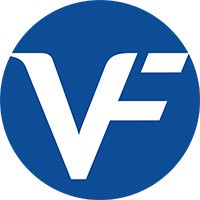
Tapestry
Our global house of brands unites the magic of Coach and Kate Spade New York. By intertwining different people and ideas, we push ourselves in our work and expand the bounds of possibility. Learn about our iconic brands: tapestry.com/our-brands We’ve grown by finding people dedicated to the dream all over the world. We hold ourselves to high standards in every material and process, and we embrace difference by design because diverse perspectives are at the heart of creativity. We find brilliance in the intersections—of beauty and function, of heritage and innovation, of accessibility and aspiration—which is how we bring together magic and logic in our craft. Find out about our people and employer priorities: tapestry.com/responsibility/our-people The result is that we stand taller together, elevating the best in our people and brands. We use our collective strengths to move our customers and empower our communities, to make the fashion industry sustainable, and to build a house that’s equitable, inclusive, and diverse. Individually, our brands are iconic. Together, we can stretch what’s possible. See our values and commitments to support our people, communities and planet: tapestry.com/responsibility __ Please Be Advised - Recruitment Scams: Tapestry and its brands will only reach out to interview, make an offer of employment or conduct onboarding activities for candidates who have applied through our careers site. If you find a job posting on a third-party job site, such as LinkedIn, please know that a legitimate posting will direct you to our careers site to apply. When interviewing for a position, the candidate experience will include live interaction, such as a video conference or phone call, with a Recruiter and/or company employee(s). Be aware of suspicious recruitment activity. If you think you are a victim of an employment scam, please visit the Federal Trade Commission website: https://www.consumer.ftc.gov/articles/0243-job-scams






